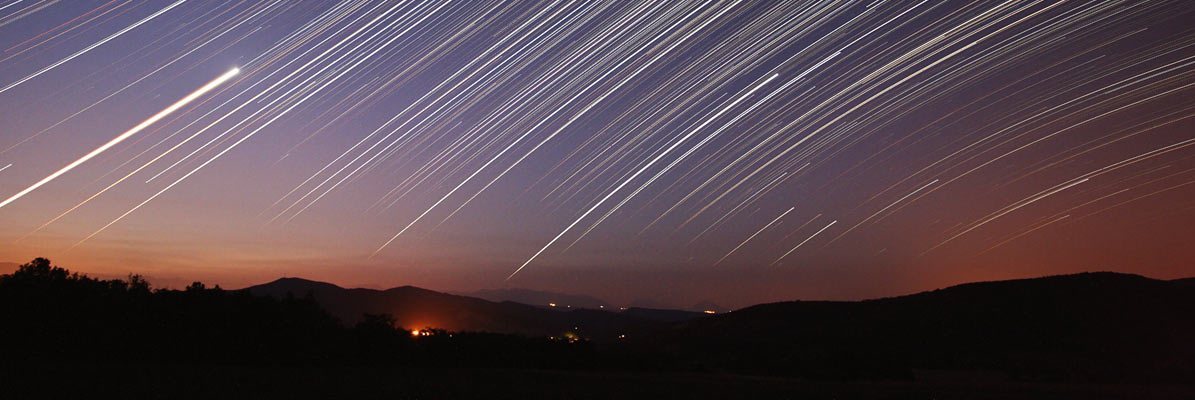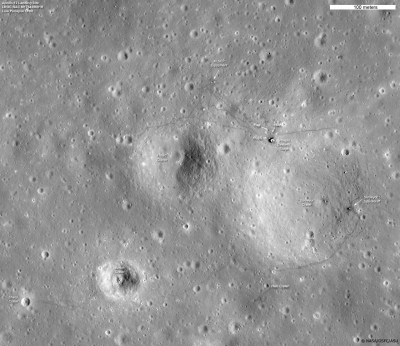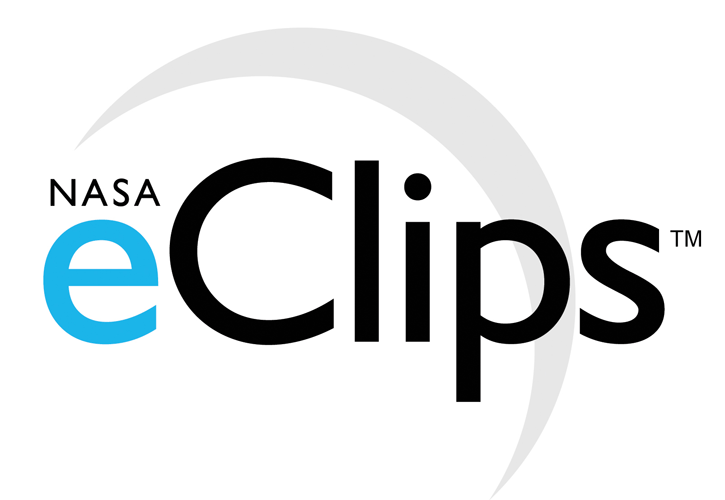
|
Exploring the Moon and Mars from Orbit |
||||||||
|
|||||||||
 |

Mathematics Skill or Topic Area:
Scale Drawings and Scale Models
Next Gen Science Standards PS1: Matter and Its Interactions; ESS 1: Earth’s place in the universe; ETS 1: Engineering Design; ETS 2: Links among Engineering, Technology, Science, and Society
Common Core ELA for Science: RST.6-8.2. Determine the central ideas or conclusions of a text; provide an accurate summary of the text distinct from prior knowledge or opinions.RST.6-8.8. Distinguish among facts, reasoned judgment based on research findings, and speculation in a text. RST.6-8.9. Compare and contrast the information gained from experiments, simulations, video, or multimedia sources with that gained from reading a text on the same topic.
Common Core Math Standard: CC.7.G.1: Solve problems involving scale drawings of geometric figures, including calculating actual lengths and areas from scale drawings.

Video Engagement: NASA's Lunar Reconnaissance Orbiter Join NASA scientists for a look at the Lunar Reconnaissance Orbiter, or LRO. Find out about the instruments that are making a comprehensive map of the moon and searching for safe landing sites by collecting unprecedented amounts of data (4 minutes).View Program
|
Engage your students with a press release: The Lunar Reconnaissance Orbiter: Seeing the Moon Up Close!
NASA's Lunar Reconnaissance Orbiter (LRO) has forever changed our view of the moon.
During its 2-year mission, it has taken thousands of pictures of the surface of the moon. These pictures are so clear
that you can even see NASA's Apollo landing sites in detail like the Apollo-12 area shown above.
The 4,200 pound spacecraft was launched atop an Atlas V rocket from Cape Canaveral, Florida on June 18, 2009. After a 4-day journey, LRO was placed in orbit around the moon with an altitude of only 30 miles. Every 113 minutes, it completes an orbit traveling at 3,500 mph.
The spacecraft has given scientists 370,000 stunning pictures of the moon's surface covering nearly 6 million square kilometers. This is about the same area as all of the states west of the Mississippi River!
The first phase of the LRO mission was to take photographs at a scale of about 6 feet per pixel. In August, 2011, the orbit of LRO was lowered to an altitude of only 12 miles. This let LRO see the surface details at nearly four times the previous resolution! From this range it could photograph incredible details from all of the Apollo landing areas.
Earlier NASA missions also imaged the moon. But what sets LRO apart is its ability to see details that are only 18-inches in size. "With this resolution, LRO could easily spot a picnic table on the moon," says Dr. Richard Vondrak - the NASA Project Scientist for LRO.
LRO even solved the mystery of where the two Soviet Lunokhod rovers ended up. Launched in the early-1970s, their exact location on the lunar surface had been unknown for nearly 40 years!
Press release date line - June 21, 2011 Press release
location: [
Click Here ] |
|
Explore math connections with SpaceMath@NASA
Problem I - LRO Sees Apollo-11 Lander on the Moon - Students use the latest image from the Lunar Reconnaissance Orbiter of the Apollo-11 landing site to explore lunar features at 1-meter resolution, and determine the solar elevation angle. Topics include scale, ratios, angle measure, right triangles. and negative numbers. [Open PDF] Open enlarged image: [Apollo 11, Apollo 12]
Problem II - Taking a Stroll around a Martian Crater - Students use a recent photograph of a crater on Mars to estimate its circumference and the time it will take NASAs Opportunity Rover to travel once around its edge. Topics include scale models, working with distance = speed x time and metric measure. [Open PDF] [Open enlarged image]
Explain your thinking:
Write your own problem - Using information found in the Math Connection problems, the press release or the video program, create your own math problem using the images in Problem I or II. Explain why you set the problem up this way, and how you might find its answer.
Evaluate your understanding:
Challenge Problem
- The depth of Surveyor Crater is about 50 meters, and its diameter is about 100 meters.
At the center of the crater, what angle is created from this point to Surveyor 3?
Answer: First draw a scale model of the crater with a diameter of 100 meters
and a depth of 50 meters. Draw a right-triangle
with a vertex at the center of the crater and its hypothenuse drawn from the vertex at the center of the crater to the top of the crater
wall 50 meters away. Because the sides of the triangle are 50 meters,
this is a 45-45-90 right triangle so the angle would be about 45 degrees above the crater floor.

NASA / JPL
3-D Solar System
Extend your new knowledge - Visit the moon using the EOSS simulator and explore how LRO orbits the moon and creates high-resolution maps of the lunar surface. [ Open PDF ]